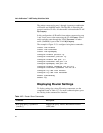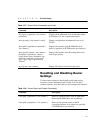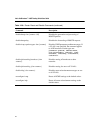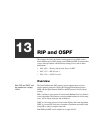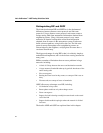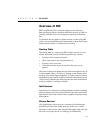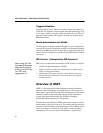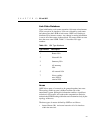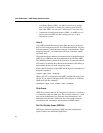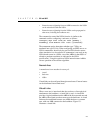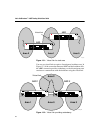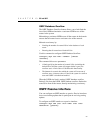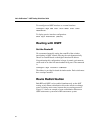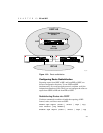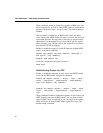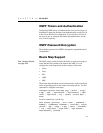
228
Intel
®
NetStructure™ 480T Routing Switch User Guide
• Area Border Router (ABR): An ABR has interfaces in multiple
areas. It is responsible for exchanging summary advertisements
with other ABRs. You can create a maximum of 7 non-zero areas.
• Autonomous System Border Router (ASBR): An ASBR acts as a
gateway between OSPF and other routing protocols, or other
autonomous systems.
Area 0
Any OSPF network that contains more than one area is required to
have an area configured as area 0, also called the backbone. All areas
in an autonomous system must be connected to the backbone. When
designing networks, you should start with area 0, and then expand
into other areas.
The backbone allows summary information to be exchanged between
ABRs. Every ABR hears the area summaries from all other ABRs.
The ABR then forms a picture of the distance to all networks outside
of its area by examining the collected advertisements, and adding in
the backbone distance to each advertising router.
If this is the first instance of the OSPF area being used, create the area
using this command:
create ospf area <areaid>
When a VLAN is configured to run OSPF, configure the area for the
VLAN. If you want to configure the VLAN to be part of a different
OSPF area, use this command:
configure ospf vlan <name> area <areaid>
Stub Areas
OSPF allows certain areas to be configured as stub areas. A stub area
is connected to only one other area. The area that connects to a stub
area can be the backbone area. External route information is not
distributed into stub areas. Stub areas are used to reduce memory
consumption and computation requirements on OSPF routers.
Not-So-Stubby-Areas (NSSAs)
NSSAs are similar to the existing OSPF stub area configuration
option, but have two additional capabilities:



